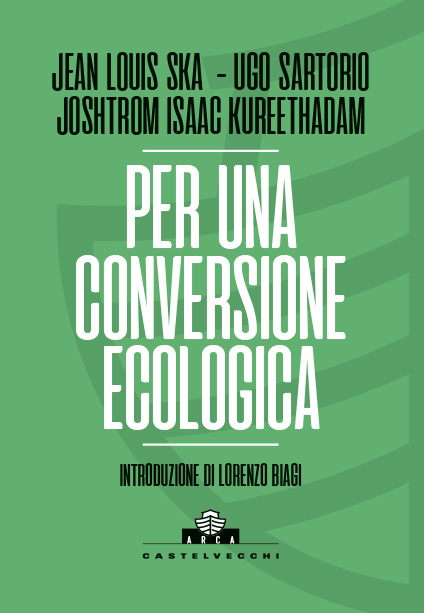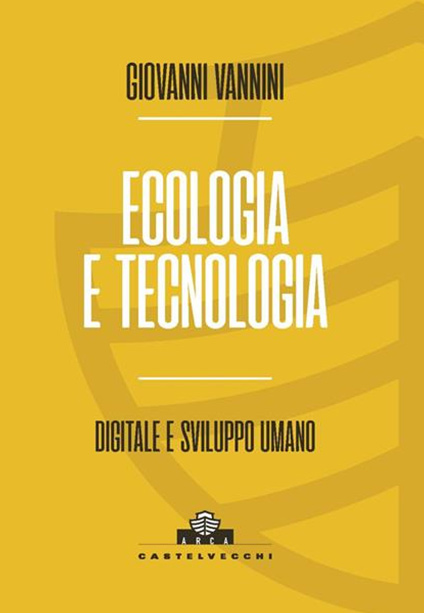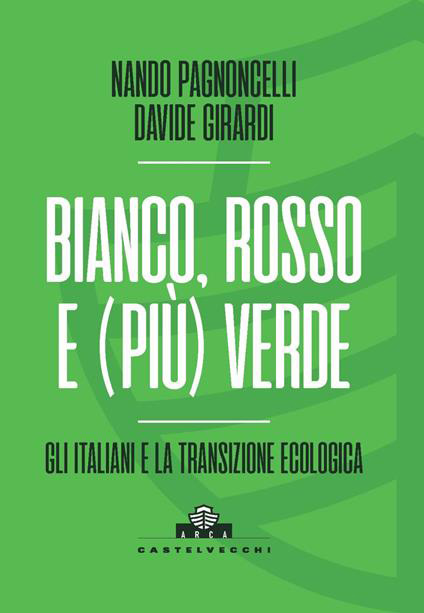Titolo: Oggetto transizionale e stile di attaccamento materno nel legame educatrice-bambino al nido
Tipo di pubblicazione: articolo
Anno di pubblicazione: 2013
Autore: Davide Maria Marchioro
Rivista: IUSVEducation #02
Pagine: 146-173
Data di pubblicazione: dicembre 2013
Editore: IUSVE – Istituto Universitario Salesiano
ISSN: 2283-334X
Come citare: Marchioro, D. M. (2013). Oggetto transizionale e stile di attaccamento materno nel legame educatrice-bambino al nido. IUSVEducation, 2, 146-173. https://www.iusveducation.it/oggetto-transizionale-e-stile-di-attaccamento-materno-nel-legame-educatrice-bambino-al-nido/
Parole chiave: relazione, attaccamento, fenomeni transazionali, sviluppo del Sé
Paper PDF: IUSVEducation_02_Marchioro_LEGAME_EDUCATRICE_BAMBINO_NIDO.pdf
Abstract:
La ricerca si propone di indagare le possibili connessioni tra l’oggetto transizionale e lostile di attaccamento del bambino e dell’adulto significativo. Per descrivere il legame di attaccamento nel rapporto tra educatrice e bambino è stata utilizzata la versione italiana dell’Attachment Q-Sort (AQS), mentre lo stile di attaccamento dell’adulto è stato valutato utilizzando una versione italiana dell’Attachment Style Questionnaire (ASQ), che è stato somministrato ad ogni madre che ha accettato di partecipare. Le osservazioni hanno interessato un campione di 98 bambini con lerispettive madri, provenienti da undici diverse strutture per la prima infanzia, situate nel Nord-Est d’Italia. I risultati hanno dimostrato che lo stile di attaccamento delle madri potrebbe avere un particolare legame sia con la comparsa dell’oggetto transizionale che con il tipo di relazione che il bambino instaura con l’educatrice.
Keywords: relationship, attachment, transactional phenomena, self development
Abstract:
Aims of the current study are to verify the possible connections between the transitional object and the attachment style in childhood and adulthood. In order to describe the attachment bond within the relationship between educator and child, it was used the Italian version of Attachment Q-Sort (AQS). Whereas, adult attachment behaviour was assessed using an Italian version of Attachment Style Questionnaire (ASQ), which was administered to each mother who has agreed to participate. The sample consisted of 98 subjects and their respective mothers, from eleven different educational institutions for early childhood, located in the North- East of Italy. Results showed both a good applicability of the AQS evaluating system to early childhood and that the attachment style of mothers may have a particular link not only with the appearance of the transitional object, but also with the type of relationship the child has with the educator.





































